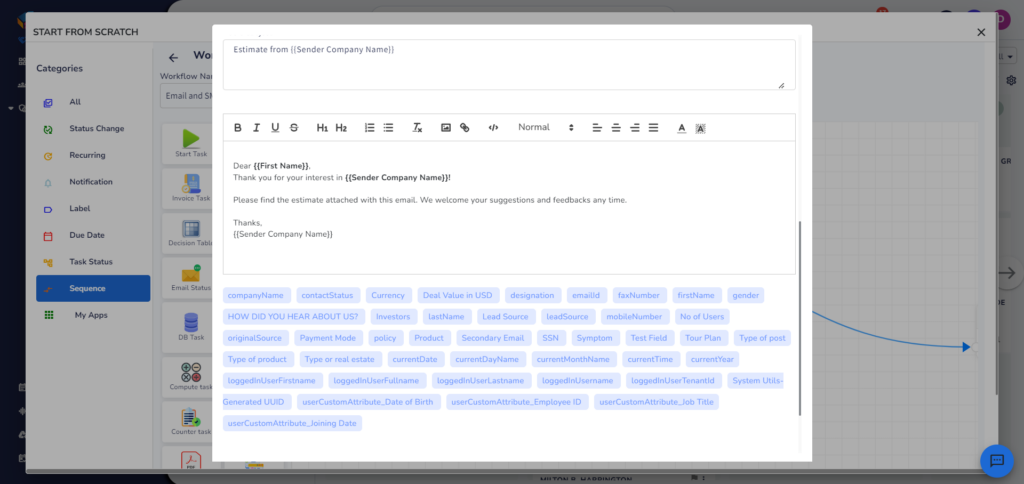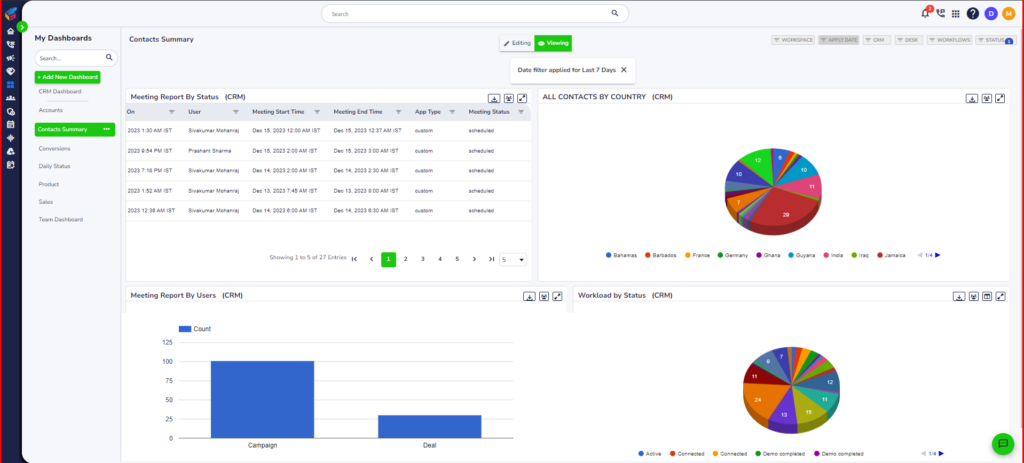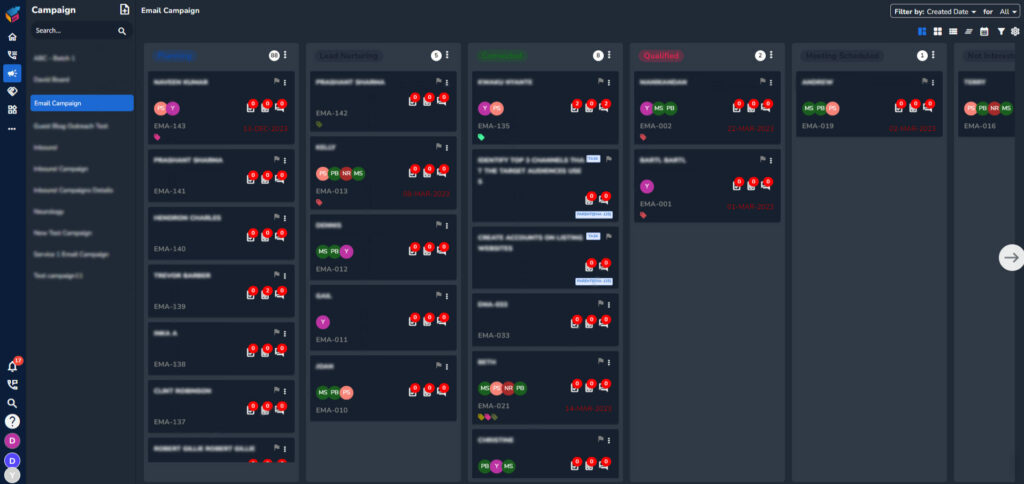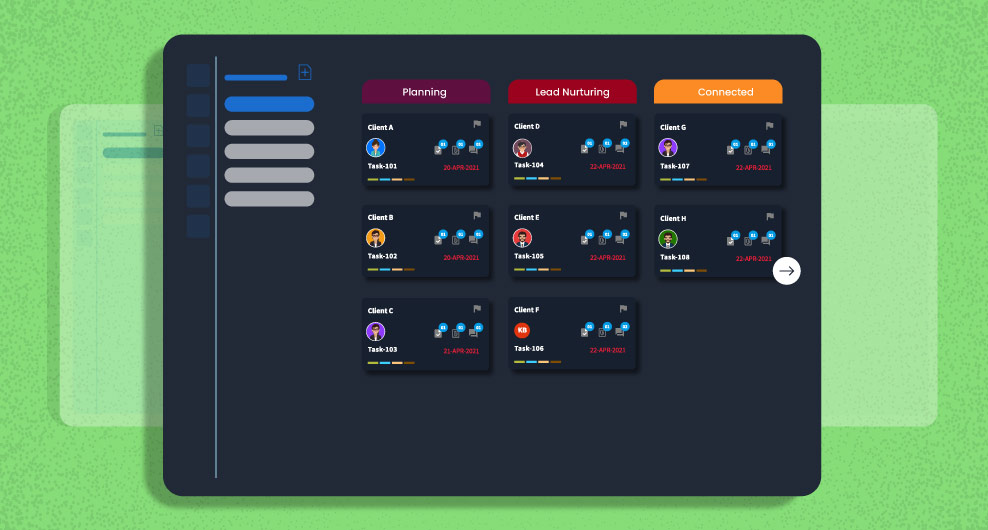Table of Contents
In the dynamic realms of business and marketing, the imperative for success lies in grasping the significance of customer segmentation. This strategic practice entails classifying the target audience according to common traits, empowering businesses to customize their strategies and elevate the overall customer experience. This guide is a deep dive into the nuances of customer segmentation, unveiling its definition, profound importance, and practical applications within the dynamic business landscape of 2024.
As markets evolve, so does the need for businesses to adapt, making customer segmentation a pivotal tool for staying ahead. By deciphering the intricacies of customer behavior, preferences, and demographics, businesses can refine their approaches, ensuring relevance and resonance with diverse consumer segments in an ever-changing market scenario.
What is Customer Segmentation
Customer segmentation is a strategic approach that involves categorizing a customer base into distinct groups based on criteria like demographics, behavior, preferences, and purchasing patterns. By understanding and classifying customers into these groups, businesses can tailor their marketing strategies to meet the unique needs of each segment. This targeted approach allows for more effective communication, personalized product offerings, and optimized customer interactions.
The result is enhanced overall customer satisfaction as businesses can deliver more relevant and meaningful experiences. Customer segmentation goes beyond a one-size-fits-all approach, empowering businesses to allocate resources efficiently, streamline their marketing efforts, and foster stronger connections with their diverse customer base. It is a pivotal tool in modern business strategies, enabling companies to adapt and thrive in an ever-evolving market landscape.
The Significance of Customer Segmentation
Personalized Customer Experiences

Customer segmentation allows businesses to tailor their products, services, and communication strategies to the unique needs and preferences of specific customer segments. This personalization enhances the overall customer experience.
Efficient Resource Allocation
By understanding the diverse needs of different customer segments, businesses can allocate resources more efficiently. This ensures that marketing efforts are focused on the segments most likely to generate positive returns.
Improved Marketing ROI
Targeted marketing campaigns based on customer segmentation tend to yield higher returns on investment (ROI). Businesses can optimize their marketing spend by reaching the right audience with the right message.
Key Components of Customer Segmentation
Customer Data
Effective customer segmentation hinges on robust data. Gathering and analyzing customer demographics, preferences, and behaviors is essential for crafting precise and actionable segmentation models. Accurate data forms the cornerstone of strategic decision-making in tailoring personalized experiences and optimizing marketing strategies.
Customer Segmentation Model
Establishing a robust customer segmentation model is crucial for success. This dynamic model must adapt to evolving customer behavior and market trends, serving as the cornerstone for effective and responsive segmentation strategies in the ever-changing business landscape.
Customer Service
Customer segmentation extends beyond marketing; it influences customer service strategies. Tailoring customer service approaches based on segmentation ensures that each customer segment receives the support and attention they require.
Practical Applications of Customer Segmentation
Marketing Strategies
Customer segmentation is the compass directing targeted marketing strategies. Through a nuanced grasp of each segment’s distinct characteristics, businesses craft campaigns finely tuned to resonate with specific audiences. This precision significantly boosts the likelihood of conversion, as tailored messages and offerings cater precisely to the preferences and needs of each segmented group, forging a more profound connection between businesses and their diverse customer base.
Customer Journey
Examining the customer journey is significantly enhanced through segmentation, offering profound insights. By delineating unique paths taken by diverse customer segments, businesses gain valuable understanding of decision-making processes and preferences. This strategic approach not only refines marketing efforts but also enables targeted engagement, aligning products and services more closely with customer expectations.
CRM (Customer Relationship Management)
Incorporating customer segmentation into CRM systems elevates customer relationship management. This integration empowers businesses to customize their interactions with customers, guaranteeing that communication is not only pertinent but also timely.

By leveraging segmented data within the CRM framework, businesses can establish a more personalized and responsive approach, fostering stronger connections with their clientele.
Email Campaigns
Tailoring email campaigns to specific customer segments enhances effectiveness by capturing recipients’ attention. The delivery of personalized content aligned with each segment’s preferences boosts open rates, click-through rates, and overall engagement. This targeted approach ensures that communications resonate with the unique needs of different customer groups, fostering a deeper connection and increasing the likelihood of positive responses.

Implementing Customer Segmentation: Project Deliverables
When embarking on a customer segmentation initiative, businesses should focus on specific project deliverables to ensure a successful implementation.
Clear Segmentation Criteria
Establish clear customer segmentation criteria that align with business goals and objectives. This ensures a strategic approach to categorizing customers based on relevant factors, guiding targeted marketing efforts and optimizing resource allocation for maximum impact and success.
Data Collection and Analysis Plan
Implement a methodical system for gathering, organizing, and analyzing customer data, providing a foundation for the development of a robust segmentation model. This structured approach ensures that the segmentation model is informed by accurate and relevant insights, optimizing its effectiveness in targeting distinct customer segments.
Segmentation Model Implementation
Create and deploy a flexible segmentation model that adjusts to shifts in customer behavior and market trends. This dynamic approach ensures the ongoing relevance and effectiveness of your segmentation strategy, aligning it with the evolving landscape of customer preferences and market dynamics.
Integration with Marketing Campaigns
Effortlessly blend customer segmentation into marketing initiatives, guaranteeing that every campaign is precisely tailored to the unique traits of distinct customer segments. This integration optimizes engagement, ensuring that marketing efforts resonate effectively with targeted audiences, ultimately enhancing overall campaign success and customer satisfaction.
Continuous Monitoring and Optimization
Consistently track the segmentation model and marketing campaigns to ensure effectiveness. Adjust strategies in response to evolving customer trends, maintaining agility and optimizing performance for sustained success.
Conclusion
In the dynamic business landscape of 2024, grasping the nuances of customer segmentation has transitioned from being a strategic advantage to an indispensable necessity for thriving enterprises. The utilization of customer segmentation models empowers businesses to delve into personalized marketing, ensuring that messages resonate with specific audience segments. Moreover, it facilitates efficient resource allocation, allowing companies to target their efforts where they are most impactful. Improved customer satisfaction follows as a natural outcome, enhancing brand loyalty.
As the digital realm undergoes continuous transformation, the integration of customer segmentation across various business facets becomes crucial for maintaining a competitive edge. Embracing the formidable influence of customer segmentation becomes a catalyst, propelling businesses toward sustained success in 2024 and beyond, as they navigate the complexities of a rapidly evolving market environment.




